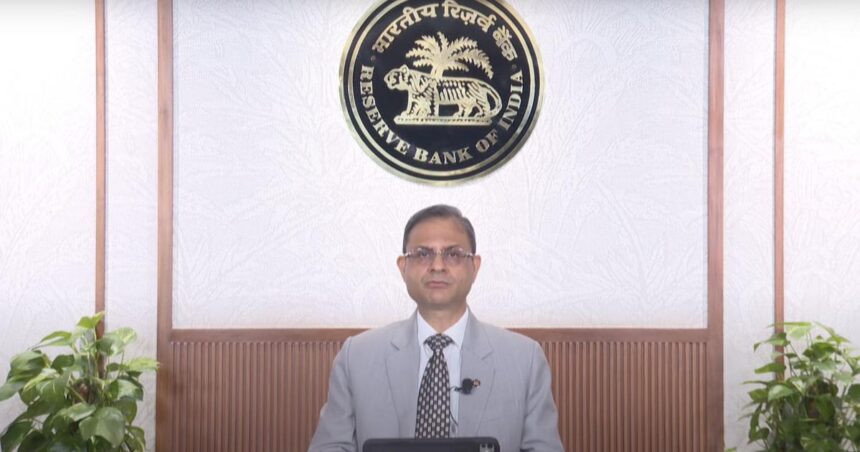Introduction
In a significant move to bolster economic growth, the Reserve Bank of India (RBI) has announced a 50 basis points cut in the RBI repo rate, bringing it down to 5.5%. This decision, unveiled during the Monetary Policy Committee (MPC) meeting on June 6, 2025, marks the third consecutive rate reduction this year, totaling a 100 basis points decrease since February. For a deep dive into what repo rate is, check out our article on understanding the repo rate and its significance.
Key Highlights of the RBI’s Decision

- Repo Rate Reduction: The repo rate now stands at 5.5%, down from 6.0%.
- CRR Cut: The Cash Reserve Ratio (CRR) has been slashed by 100 basis points to 3%, aiming to infuse additional liquidity into the banking system. You can learn more about what CRR is and why it matters.
- Policy Stance Shift: The RBI has shifted its monetary policy stance from ‘accommodative’ to ‘neutral’ RBI repo rate.
- Inflation Forecast: The inflation outlook for FY26 has been revised downward to 3.7% from the earlier projection of 4%.
- GDP Growth Projection: The real GDP growth forecast for FY26 remains unchanged at 6.5%.
Impact on Borrowers
The reduction in the repo rate is poised to bring relief to borrowers, particularly those with home and personal loans. With banks likely to pass on the benefits, borrowers can expect a decrease in their Equated Monthly Installments (EMIs). Learn more in our detailed guide on how RBI policy affects your home loan EMIs.
Economic Implications
The RBI’s decision is aimed at stimulating economic activity by making borrowing more affordable, thereby encouraging spending and investment. The CRR cut is expected to enhance liquidity in the banking sector, enabling banks to extend more credit to consumers and businesses.
Expert Opinions

Financial experts have lauded the RBI’s proactive measures. According to a report by Reuters, economists view the rate and CRR cuts as strategic steps to stimulate credit growth and support sectors such as real estate and infrastructure.
Conclusion
The RBI’s latest policy measures underscore its commitment to fostering economic growth while maintaining price stability. Borrowers stand to benefit from reduced EMIs, and the broader economy is expected to gain momentum through increased liquidity and credit availability.









